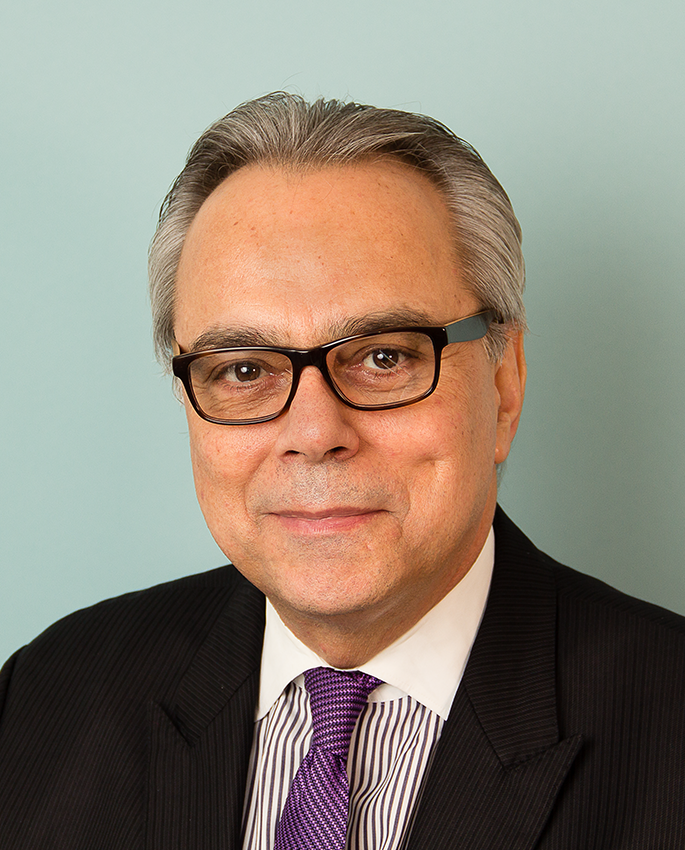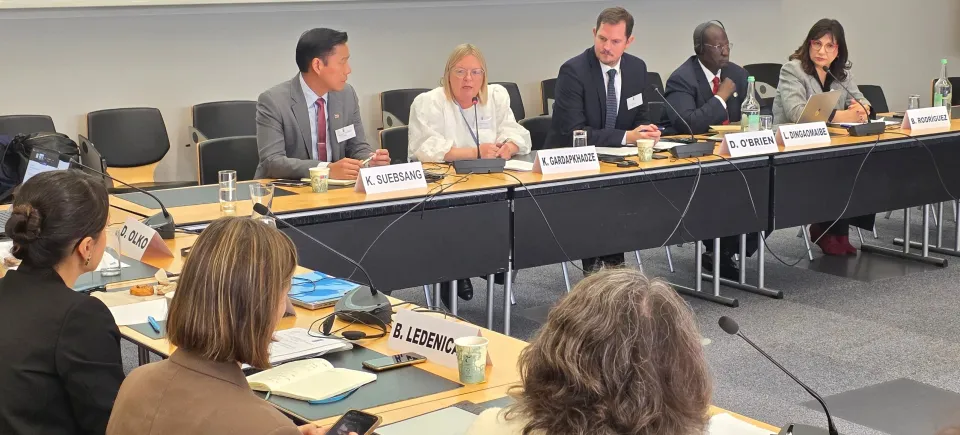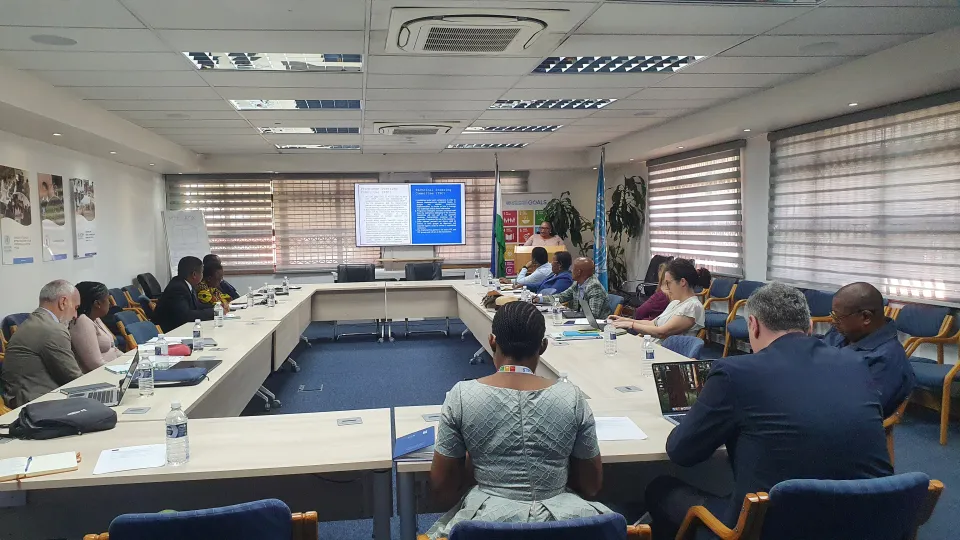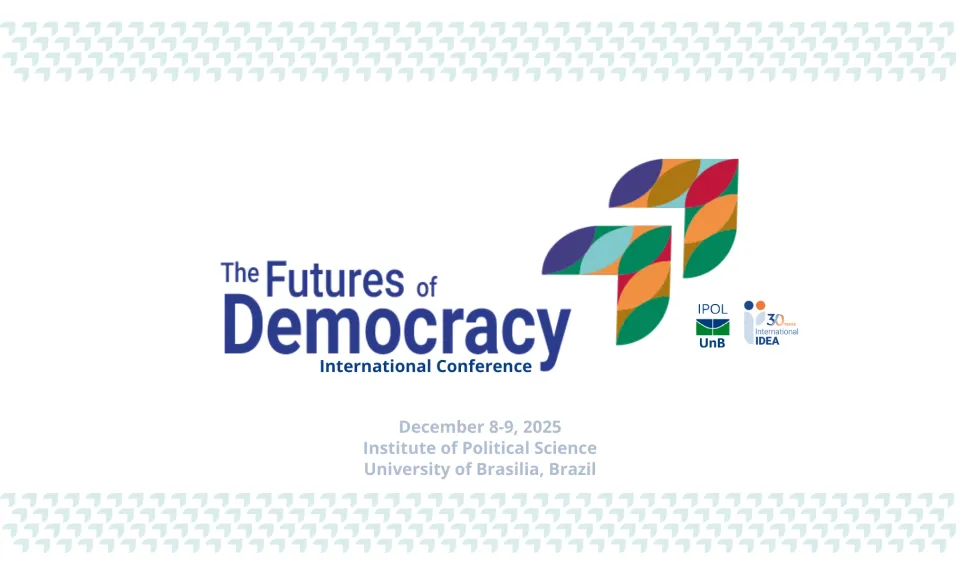Analysis of the elections in Chile
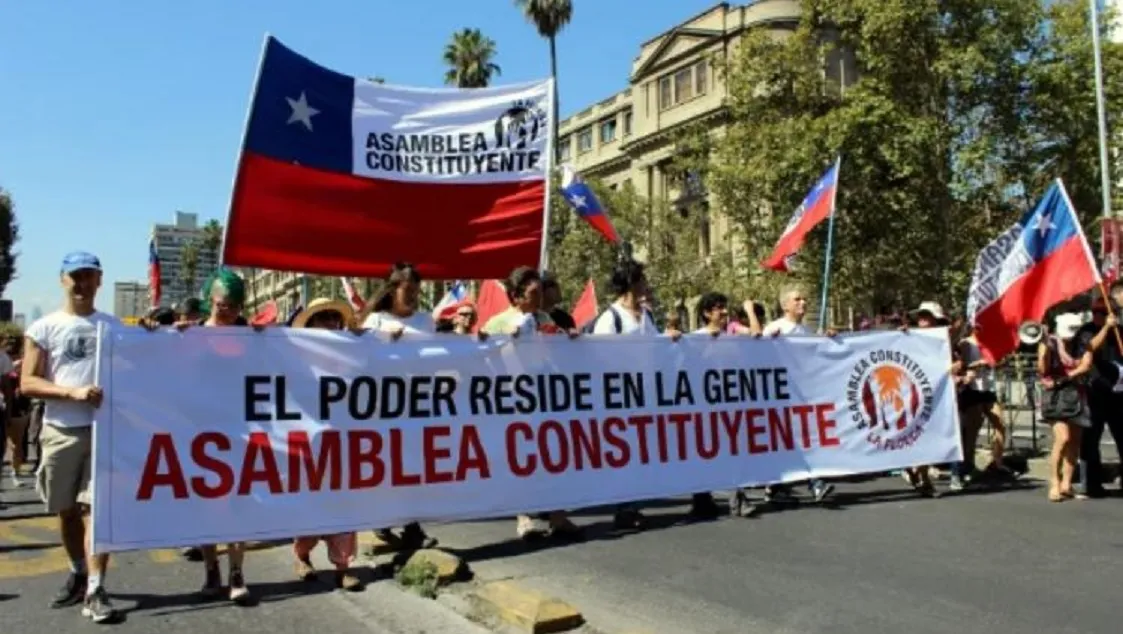
Elections were held in Chile on 15 and 16 May 2021—after being postponed twice[1]—to elect 155 delegates to the Constitutional Convention (which will meet as of July for 9 to 12 months to draft a new constitution whose adoption will be subject to a referendum with compulsory voting); 13 regional governors—the first time governors will be elected rather than designated by the President of the Republic; 345 mayors; and local council members.
Este artículo está disponible en español
Disclaimer: Views expressed in this commentary are those of the authors. This commentary is independent of specific national or political interests. Views expressed do not necessarily represent the institutional position of International IDEA, its Board of Advisers or its Council of Member States.
In March of this year, after a months-long discussion to analyze the possibility of alternative means of voting[2] (such as voting by mail, early voting starting one week before election day, or mobile ballot boxes) to be able to carry out elections in the midst of the pandemic and to allow persons traditionally excluded to participate (such as persons deprived of liberty whose political rights have not been suspended). It was ultimately decided to hold the election over two days (Saturday and Sunday), with the vote count ensuing once the polls were closed on Sunday. The ballot boxes holding votes cast on Saturday would be safeguarded by the law enforcement authorities; parties and candidates were able to spend the night at the polling places if they chose to do so.
Next, we analyze some aspects of this election, the second one that Chile has held during the Covid-19 pandemic:
1. Elections: Organization and process
The elections faced a twofold challenge from the standpoint of organizing them: holding an election during the pandemic, to fill the largest number of positions to be elected in the 2021 elections, and with two days of balloting, which is novel in a country that does not have alternative means of voting, and with a crisis of trust in the country’s political institutions.
Even so, the elections were impeccable (there were just a few isolated incidents): the ballot boxes were kept safe, and approximately half of the voters cast their ballots each day. Almost 100 per cent of the polling places had been set up the first day before noon, and the sanitary measures (on which there had already been lessons from the first experience) worked properly, with the help of those who facilitated the process.
In addition, the vote count was quick, as generally happens in Chilean elections; by midnight the names of most of the delegates elected to the Constitutional Convention were known, and there was almost total certainly as to the vast majority of the seats up for election, and a high degree of trust on the part of the citizenry and the political parties in the results.
2. Electoral participation
Chile is characterized by low voter turnout, with voluntary voting and automatic registration since 2012. Accordingly, the constitutional plebiscite held in October 2020 (amidst a better public health situation where daily cases were approximately 1,500 compared to the almost 6,000 in the days leading up to the recent election), saw the largest voter turnout since the return to democracy, at a bit over half of all registered voters.
In the election held on 15 and 16 May, 6,458,760[3] persons voted, of a total of 14,900,190 persons registered, which is to say, 43.4 per cent. This figure represents a drop in voter turnout as compared to the plebiscite (50.9 per cent) and the 2017 elections (legislative and first and second rounds of the presidential election—47 per cent and 49 per cent), but an increase compared to the previous 2016 local elections when 35 per cent of registered voters went to the polls.
It has been noted that there was a significant increase in voter turnout of person ages 18 to 39 in the plebiscite (even though not all the official data has been published); in general, persons in this age group are more abstentionist than any other in Chile. It remains to analyze what happened in the past elections. In addition, the plebiscite reversed a common phenomenon in previous Chilean elections, namely high abstention in more vulnerable and poorer urban districts (particularly in the Metropolitan Region).
No doubt one of the greatest challenges Chile faces is how to get out the vote, where in general half (or more) of Chilean voters abstain. While reinstating compulsory voting appears to be a solution, it should be accompanied by other measures to renew citizen trust in the country’s political institutions[4], reconnect the citizens with their representatives, and include mechanisms of citizen participation and input, as well as deliberation, to re-legitimize both the authorities and the institutions. The process of coming up with a new constitution may be an opportunity to do so.
The constitutional process is a clear demand arising from the social upheaval of October 2019, which was the starting point of the current constitutional reform process. Moreover, the signal sent in the plebiscite is clear as more than two-thirds of the voters agreed that a new constitution is needed and that it should not be drafted by the Congress or the traditional political parties.
According to surveys and more qualitative studies[5], much hope is being vested in the constitutional reform process. It was feared, prior to the elections, that it might be captured by the elites and political parties “the usual suspects” and the political parties were dealt a harsh blow.
3. Outcome of the elections
The 15 and 16 May elections for the Constitutional Convention delegates had a clear winner: the independent movements and candidacies, particularly those that organized in their own lists, not through seats turned over by the political parties. In addition, with the parity rules established for the Constitutional Convention there were more women candidates, who occupied every other place in the lists (the zipper system), which led them to perform well, such that the parity rule had to be applied more times to favour men than to favour women, to ensure that no gender would have more than 55 per cent of the seats (this happened particularly with the seats reserved for the Mapuche people, where, before the adjustment, women had won a majority of five of seven seats).
The traditional parties had a worse outcome, and, therefore, fewer delegates in the Constitutional Convention; and the parties on the right (which participated in a single list taking in from the furthest right to the center, in contrast to the left, which split into two lists) secured just over 20 per cent of the votes and the seats.
Accordingly, the traditional parties on the right obtained 24 per cent of the seats, those of the center-left 16 per cent, the legislative left 18 per cent, the indigenous peoples 11 per cent, and the two majority lists of independents 16 per cent (Lista del Pueblo) and 7 per cent (Independientes No Neutrales). The remaining 8 per cent went to other independents.
This composition of the delegates provokes some uncertainty in the process and its outcome, for while all the delegates elected had to present programmes and one can learn about some of their proposals, most have no prior experience in the public sector and don’t answer to the parties that usually play a more predominant role in organizing the debates and whose approaches are more foreseeable. As a result, the price of the dollar went up and Chilean markets suffered a sharp decline, in addition to the rise in Chile’s country risk.[6]
As for the municipal elections, there was also an increase in the number of independent mayors, doubling to 105. And some emblematic comunas, or districts, were lost by the right going primarily to the Frente Amplio or the Partido Comunista, such as Santiago, Ñuñoa, and Viña del Mar.
Governors were elected by popular vote for the first time ever. In 13 of the 16 regions, no candidate won more than 40 per cent, requiring a second round or runoff election (13 June) between the two top vote-getters. Nor did the right do well; they expected to at least make it to the second round in the Metropolitan Region, which did not happen. For the former Nueva Mayoría, the results were not what was expected either.
4. Presidential race
The presidential primaries in Chile will be held in July (19 May was the deadline for candidates to register); after the first round in November, if no candidate obtains an absolute majority, the second round would be held the following month. And all of this while the Constitutional Convention undertakes the task of drafting the new constitution.
The outcome of the elections has already had an impact on presidential aspirations. It has led some candidates to withdraw from the primaries, as well as to a series of pacts among parties of the left and center-left that failed, such that at the end of the day the only ones participating in the statutory primaries are the right, on the one hand, and the left, on the other; and leaving the center-left for now without any primaries, and without clarity as to who will ultimately be their candidates.
It’s not clear how the outcome of these elections for the Constitutional Convention may or may not mark a precedent for what could happen in the presidential elections, it bears many particularities, such as parity, facilities for independent candidates, and presenting lists, and because it is a completely new and ad hoc body. Nonetheless, it has already had an impact on the race for the next occupant of the Chilean presidential palace La Moneda.
